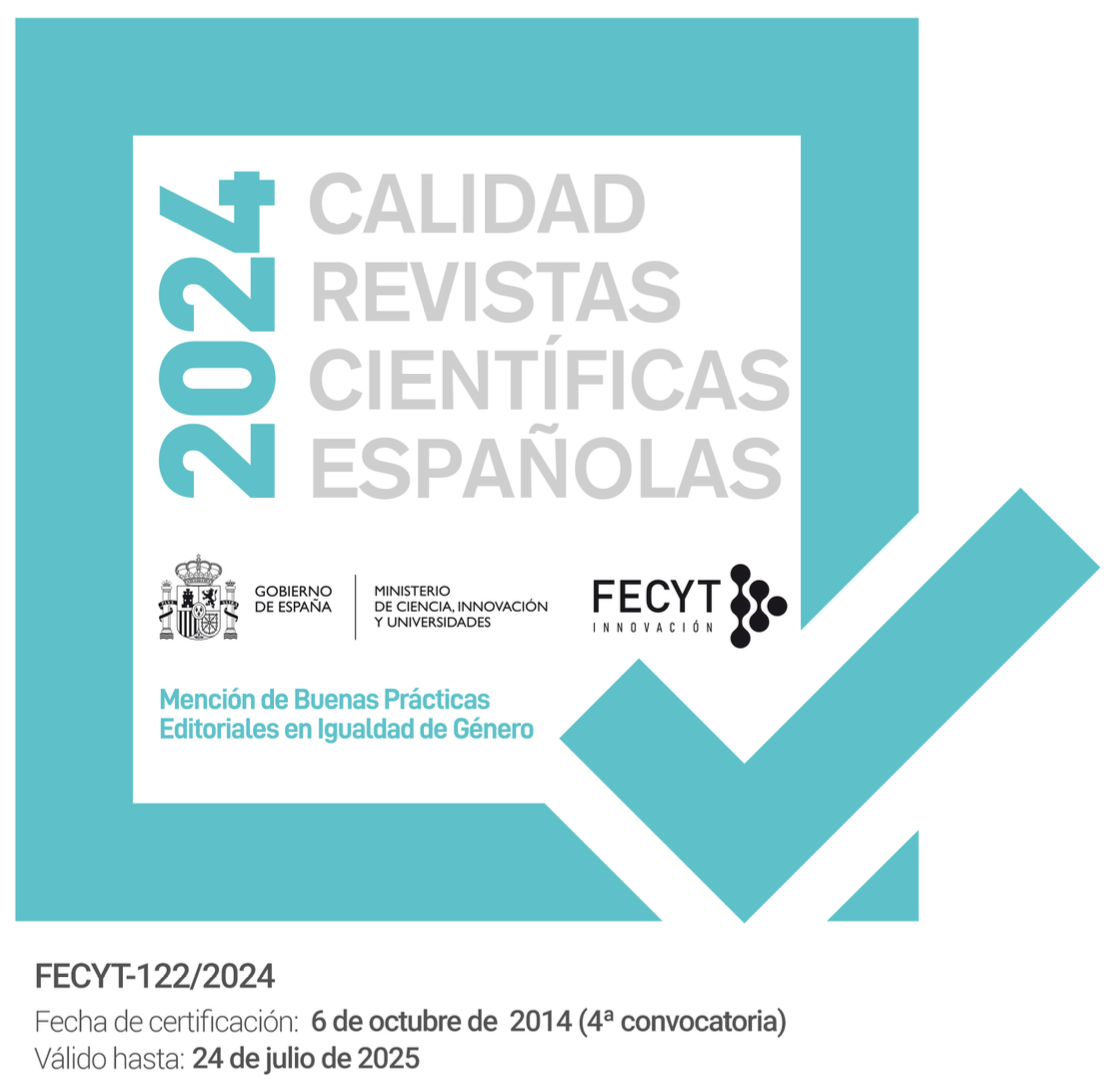Transcending the Border: The Encounter with the Other in Tinker Bell and the Secret of the Wings
DOI:
https://doi.org/10.28914/Atlantis-2021-43.2.11Abstract
This article explores the representation of borders and cosmopolitanism in the film Tinker Bell and the Secret of the Wings (2012), the fourth title in the Disney fairies franchise. The film tells the story of a world divided into two territories, the Winter Woods and Pixie Hollow. A ban on cross-border mobility prohibits any kind of interaction between the inhabitants of the two worlds. Tinker Bell, the main character in the film, feels the urge to break the law and cross to the other side, where she meets her twin sister and finds out the reason for the ban. Tinker Bell and the Secret of the Wings is a border film that deals with the processes of border construction and dissolution while also highlighting the potential, and some of the risks, of the dismantling of borders. This article analyses the film’s use of different spaces that, in line with the dual nature of borders theorised by, among others, Gloria Anzaldúa, work simultaneously as dividing lines and borderlands. Gerard Delanty’s concept of cosmopolitan moments is used to analyse the articulation of cross-border relationships in the film.
Downloads
References
Anzaldúa, Gloria. [1987] 1999. Borderlands/La Frontera: The New Mestiza. San Francisco, CA: Aunt Lute.
Azcona, María del Mar. 2014. “‘Don’t Stop Me Now’: Mobility and Cosmopolitanism in the Bourne Saga.” Mobilities 11 (2): 207-22.
Beck, Ulrich. 2002. “The Terrorist Threat: World Risk Society Revisited.” Theory, Culture & Society 19 (4): 39-55.
—. (2004) 2006. Cosmopolitan Vision. Translated by Ciaran Cronin. Cambridge: Polity.
—. (1998) 2009. World at Risk. Translated by Ciaran Cronin. Cambridge: Polity.
Beck, Ulrich and Natan Sznaider. 2006. “Unpacking Cosmopolitanism for the Social Sciences: A Research Agenda.” British Journal of Sociology 57 (1): 1-23.
Cooper, Anthony and Chris Perkins. 2012. “Borders and Status-Functions: An Institutional Approach to the Study of Borders.” European Journal of Social Theory 15 (1): 55-71.
Cooper, Anthony and Chris Rumford. 2011. “Cosmopolitan Borders: Bordering as Connectivity.” In Rovisco and Nowicka 2011, 261-76.
De Certeau, Michel. (1980) 1984. The Practice of Everyday Life. Translated by Steven Randall. Berkeley: U of California P.
Delanty, Gerard. 2006. “The Cosmopolitan Imagination: Critical Cosmopolitanism and Social Theory.” British Journal of Sociology 57 (1): 25-47.
—. 2009. The Cosmopolitan Imagination: The Renewal of Critical Social Theory. Cambridge: Cambridge UP.
Deleyto, Celestino. 2016. “Looking from the Border: A Cosmopolitan Approach to Contemporary Cinema.” Transnational Cinemas 8 (2): 95-112.
Eder, Klaus. 2006. “Europe’s Borders: The Narrative Construction of the Boundaries of Europe.” European Journal of Social Theory 9 (2): 255-71.
Fojas, Camila. 2008. Border Bandits: Hollywood on the Southern Frontier. Austin: U of Texas P.
Foucault, Michel. (1966) 1971. The Order of Things. Translated by Alan Sheridan. New York: Vintage.
Geronimi, Clyde, Hamilton Luske and Wilfred Jackson, dirs. 1953. Peter Pan. Walt Disney Studios.
Hall, Klay, dir. 2009. Tinker Bell and the Lost Treasure. Walt Disney Studios.
Hall, Stuart. 1997a. “The Spectacle of the ‘Other.’” In Hall 1997b, 223-79.
—, ed. 1997b. Representation: Cultural Representations and Signifying Practices. London: Sage/Open University.
Holmes, Peggy, dir. 2014. The Pirate Fairy. Walt Disney Studios.
Holmes, Peggy and Roberts Burrell Gannaway, dirs. 2012. Tinker Bell and the Secret of the Wings. Walt Disney Studios.
Loter, Steve, dir. 2015. Tinker Bell and the Legend of the Never Beast. Walt Disney Studios.
Maciel, David. 1990. El Norte: The US-Mexican Border in Contemporary Cinema. San Diego, CA: Institute for Regional Studies of the Californias.
Mendes, Ana C. and John Sundholm. 2015. “Walls and Fortresses: Borderscapes and the Cinematic Imaginary.” Transnational Cinemas 6 (2): 117-22.
Mignolo, Walter D. 2011. “Border Thinking, Decolonial Cosmopolitanism, Globalization and Globality.” In Rovisco and Nowicka 2011, 329-47.
—. 2012. Local Histories/Global Designs: Coloniality, Subaltern Knowledges, and Border Thinking. Princeton, NJ: Princeton UP.
Raymond, Bradley, dir. 2008. Tinker Bell. Walt Disney Studios.
—, dir. 2010. Tinker Bell and the Great Fairy Rescue. Walt Disney Pictures.
Rovisco, Maria and Magdalena Nowicka, eds. 2011. The Ashgate Research Companion to Cosmopolitanism. Farnham: Ashgate.
Rumford, Chris. 2008. “Introduction: Citizens and Borderwork in Europe.” Space and Polity 12 (1): 1-12.
Schiller, Nina Glick and Andrew Irving, eds. 2015. Whose Cosmopolitanism? Critical Perspectives, Relationalities and Discontents. New York: Berghahn.
Sheller, Mimi. 2011. “Cosmopolitanism and Mobilities.” In Rovisco and Nowicka 2011, 349-65.
Skrbiš, Zlatko, Gavin Kendall and Ian Woodward. 2004. “Locating Cosmopolitanism: Between Humanist Ideal and Grounded Social Category.” Theory, Culture & Society 21 (6): 115-146.
Skrbiš, Zlatko and Ian Woodward. 2013. Cosmopolitanism: Uses of the Idea. Los Angeles, CA: Sage.
Stacey, Jackie. 2015. “The Uneasy Cosmopolitans of Code Unknown.” In Schiller and Irving 2015, 160-74.
Urry, John. 2000. Sociology beyond Societies: Mobilities for the Twenty-First Century. London and New York: Routledge.
Varis, Olli, Cecilia Tortajada and Asit K. Biswas. 2008. Management of Transboundary Rivers and Lakes. Berlin: Springer.








